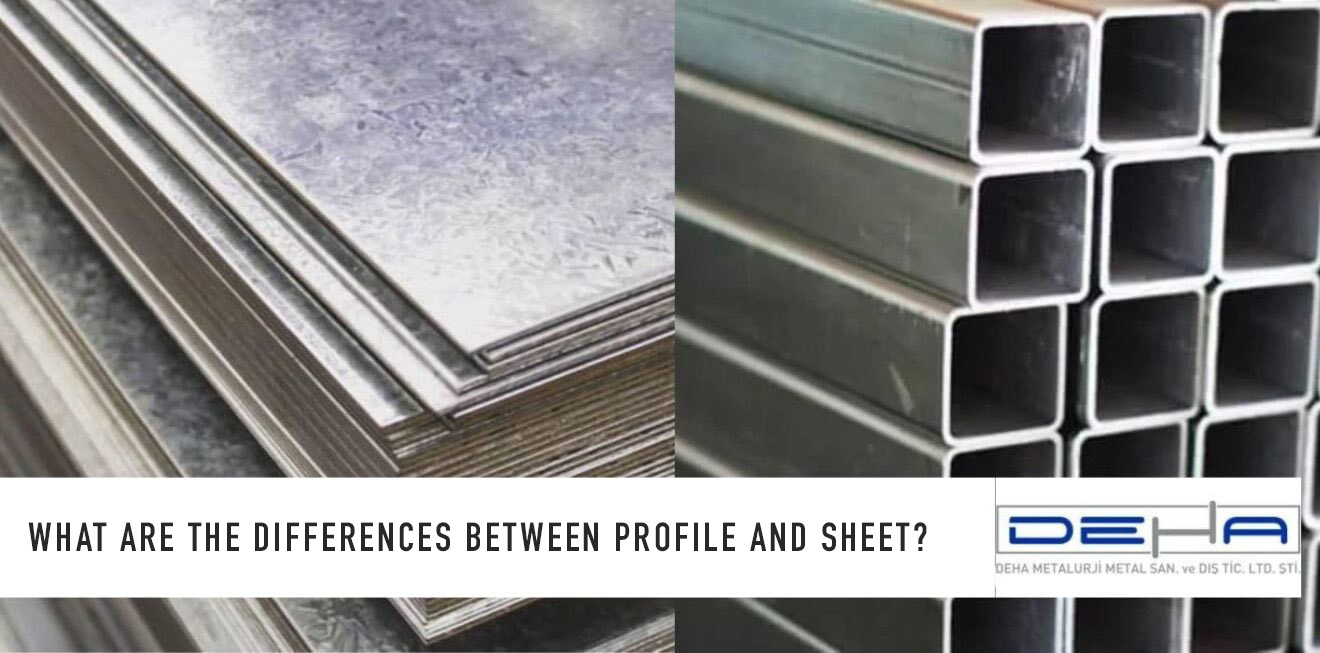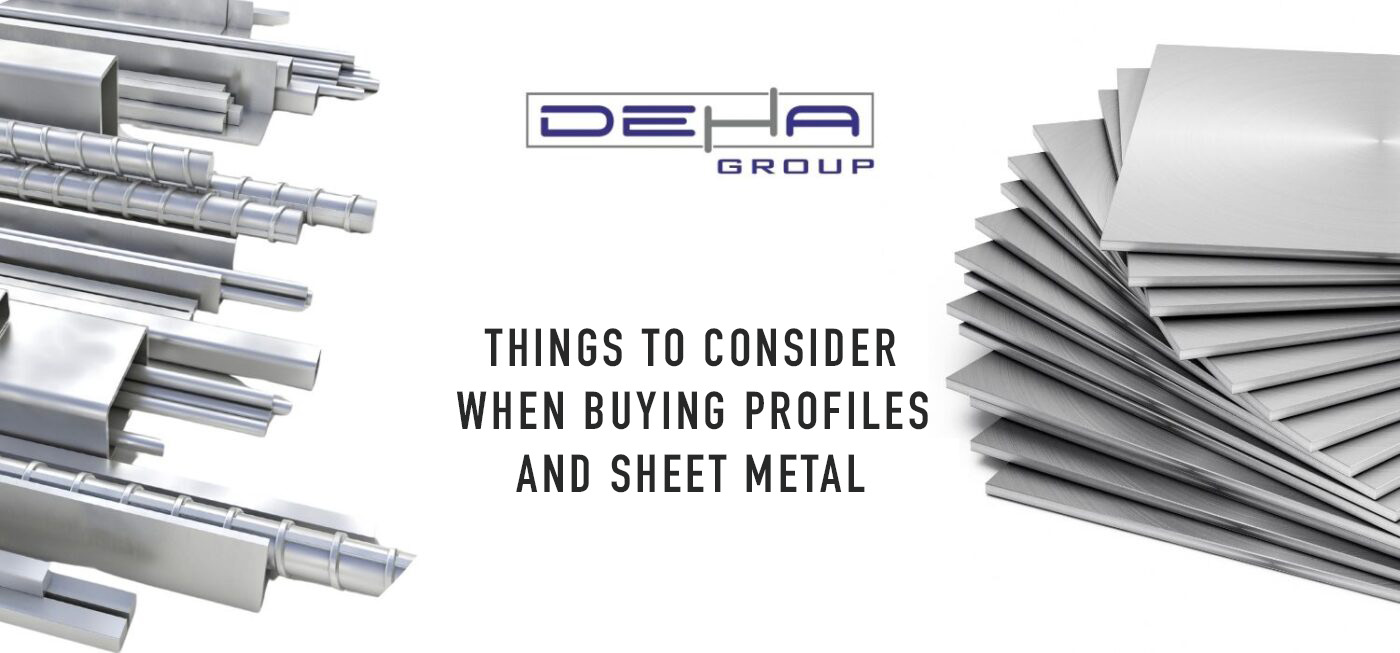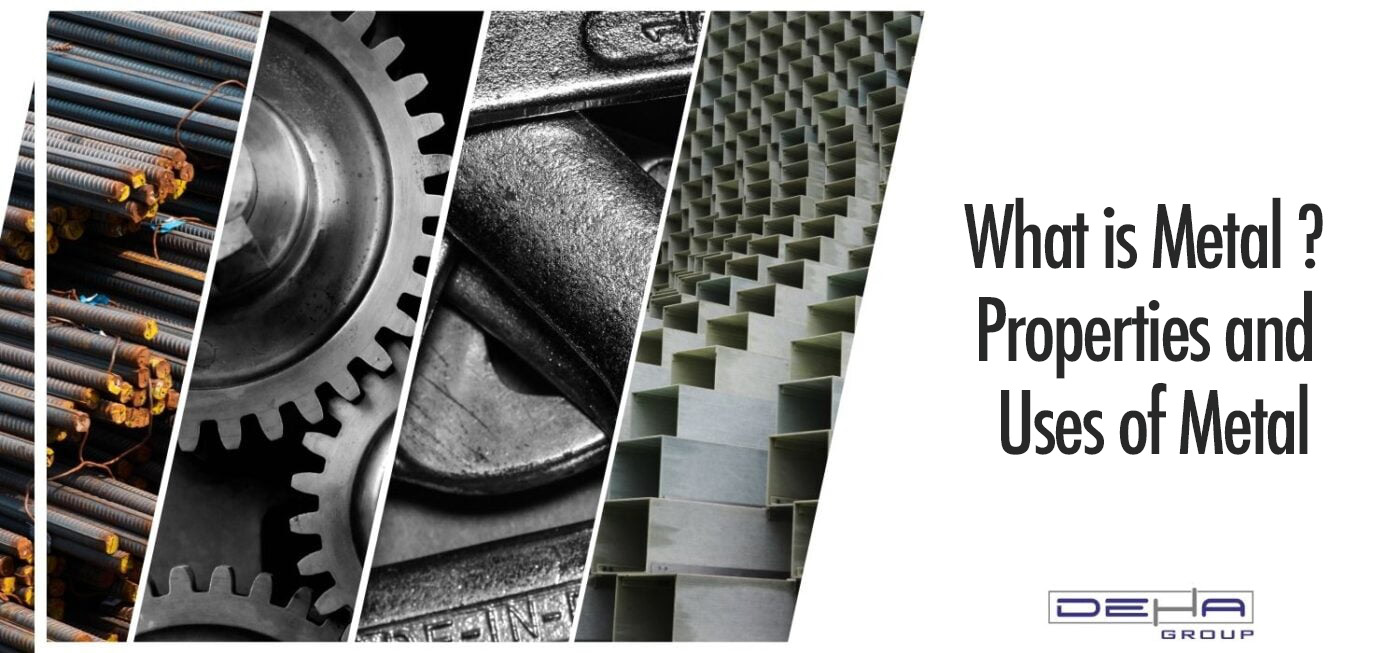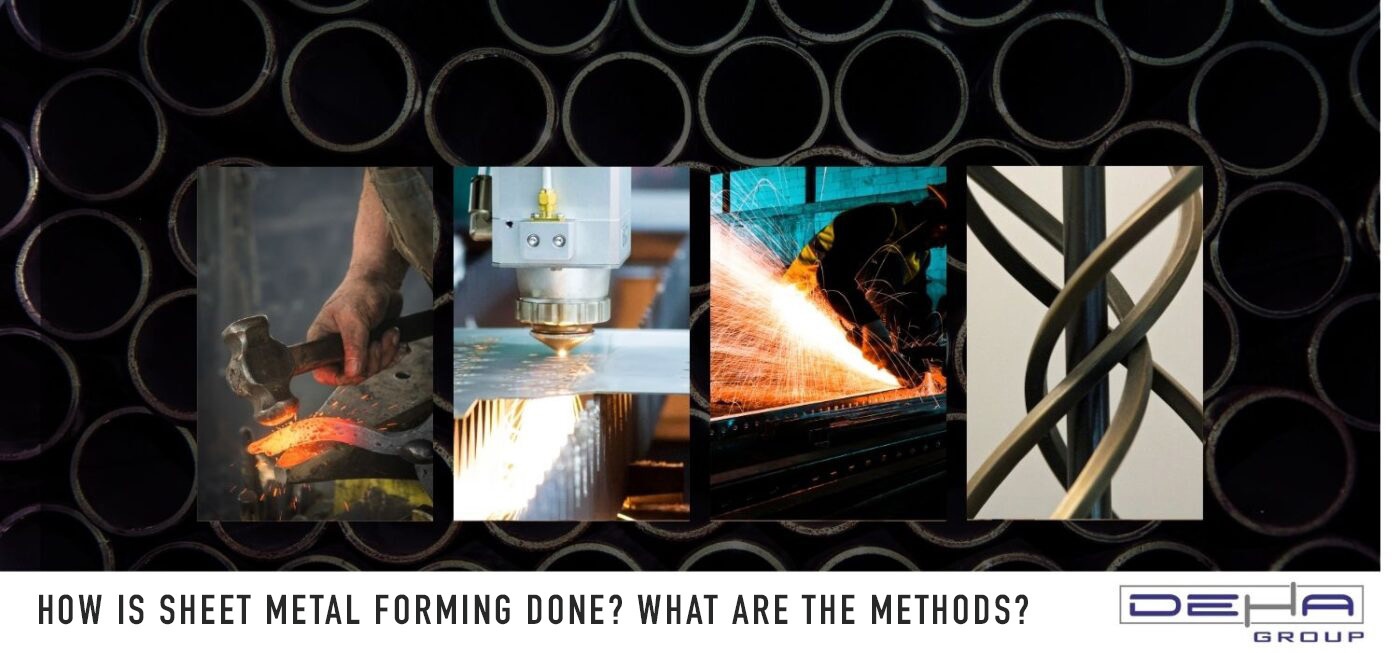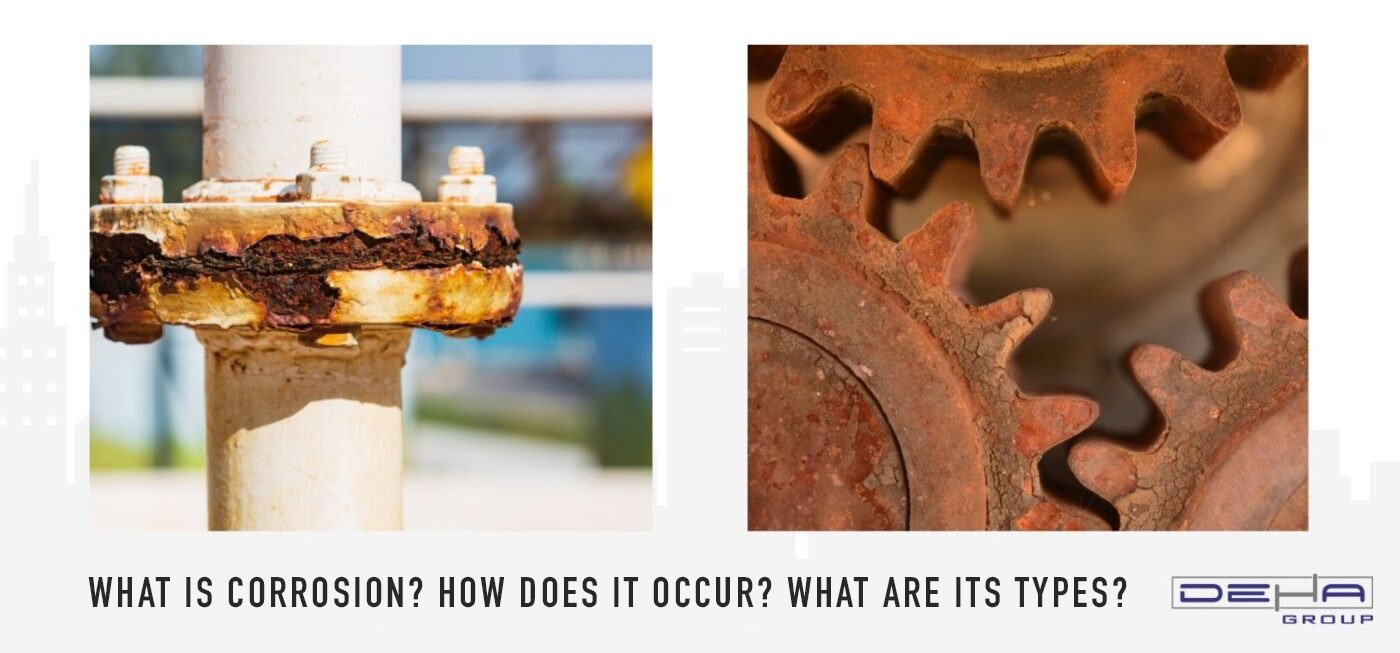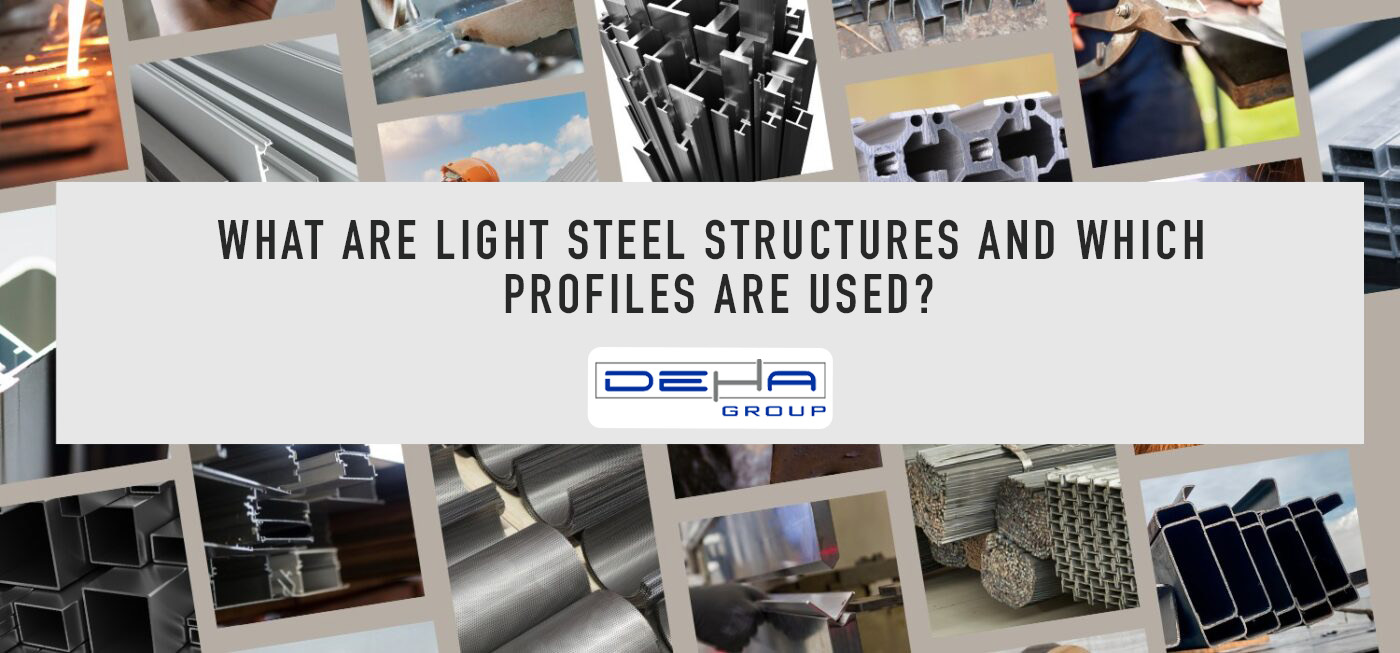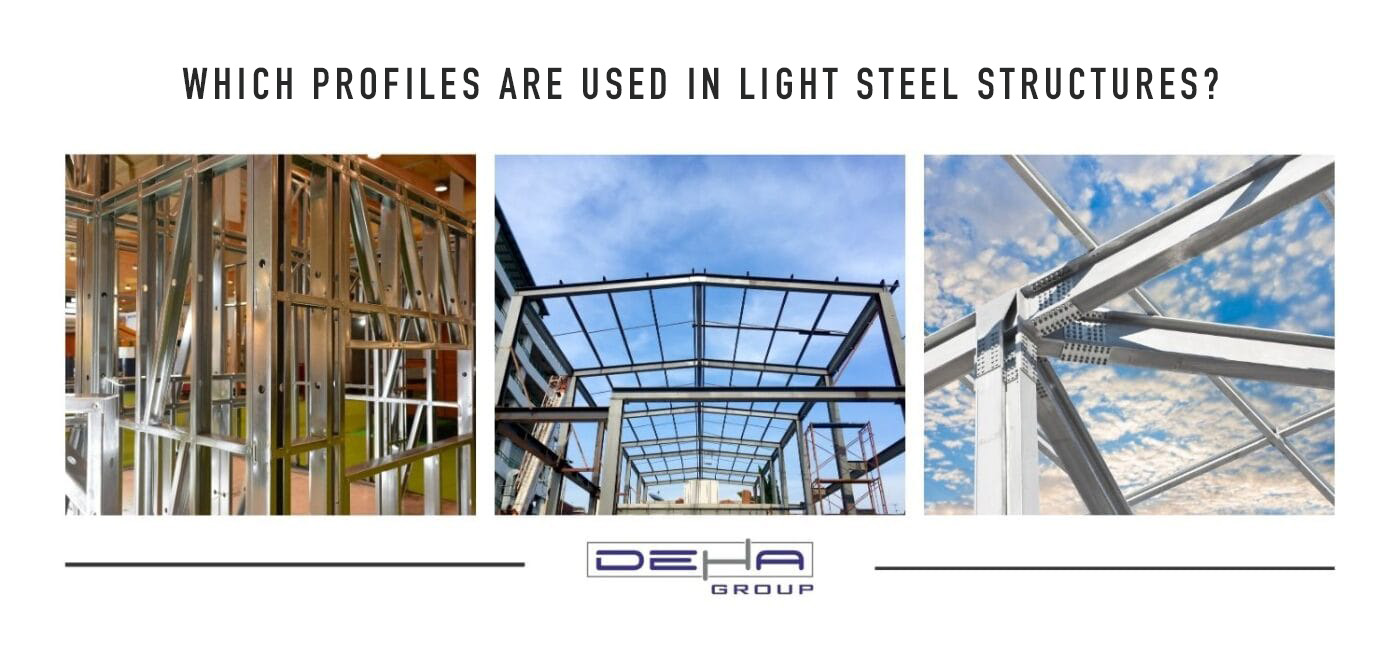
Light steel structures find extensive use in the construction sector due to their durability and flexibility. These types of structures are typically constructed using lightweight steel profiles, which provide both a cost advantage and speed up the construction process. Profiles used in light steel structure systems usually have various geometric shapes such as C profiles, U profiles, L profiles, and Box profiles, each selected according to specific structural requirements. These profiles can be used for both load-bearing and decorative purposes and are designed to withstand various load and stress conditions. The correct selection of steel profiles is of critical importance for the safety, durability, and longevity of light steel structures.
Light steel structures are frequently preferred in the construction sector due to their economic and functional advantages. The profiles forming the foundation of these structures are typically made from high-strength steel materials, enhancing the durability of the structure. Light steel profiles are notable for their high load-bearing capacity, despite being lightweight. These characteristics reduce the overall weight of the structure while maintaining its durability, thus affecting the general cost of the structure.
These profiles are usually made from galvanized steel, which makes them resistant to corrosion. The galvanization process coats the steel with a thin layer of zinc, extending the lifespan of the profiles. The installation of light steel profiles is also quite easy, as they are generally joined with screws or bolts. This speeds up the construction process and reduces labor costs.
Additionally, the design of light steel profiles offers flexibility, allowing architects to develop solutions suitable for various structural needs. Profiles produced in various shapes and sizes can be selected to meet both aesthetic and functional requirements. This variety makes light steel structures suitable for any type of project.
The profiles used for light steel structures can be of various types, each designed to fulfill a specific function. One of the most commonly used profiles is known as the "U profile". These profiles are generally used in wall and ceiling systems and can support vertical and horizontal loads of structures. The advantages of U profiles include their lightness and ease of installation, making them a preferred option in the construction industry.
Another important type of profile is the "C profile". C profiles are typically used in light steel beams and support elements. These profiles have a high load-bearing capacity, especially in long-span structural elements. C profiles offer advantages in terms of both durability and flexibility, which is why they are preferred in many light steel structures.
Finally, other profile types like the "L profile" and "Z profile" are also frequently used in light steel structures. L profiles are used in corner connections and support elements, while Z profiles are generally suitable for roof systems and large-span structures. Both profile types enhance the stability of structures and are designed to meet various construction needs.
The numerous advantages provided by light steel profiles make these types of structures widely used. Firstly, the assembly and transport of light steel profiles are quite easy. This provides significant time and cost savings during the construction process. Additionally, light steel structures generally require fewer foundational needs, which reduces foundational costs.
Another advantage is that light steel profiles offer high strength and longevity. Steel demonstrates stable performance over the years due to its durability and corrosion resistance. These features extend the lifespan of light steel structures, especially when used in harsh weather conditions or industrial areas.
Finally, it should be noted that light steel profiles are an environmentally friendly option. Steel is a recyclable material, thus minimizing its impact on the environment. Moreover, light steel structures provide energy efficiency, as they offer good insulation performance, which reduces energy consumption.
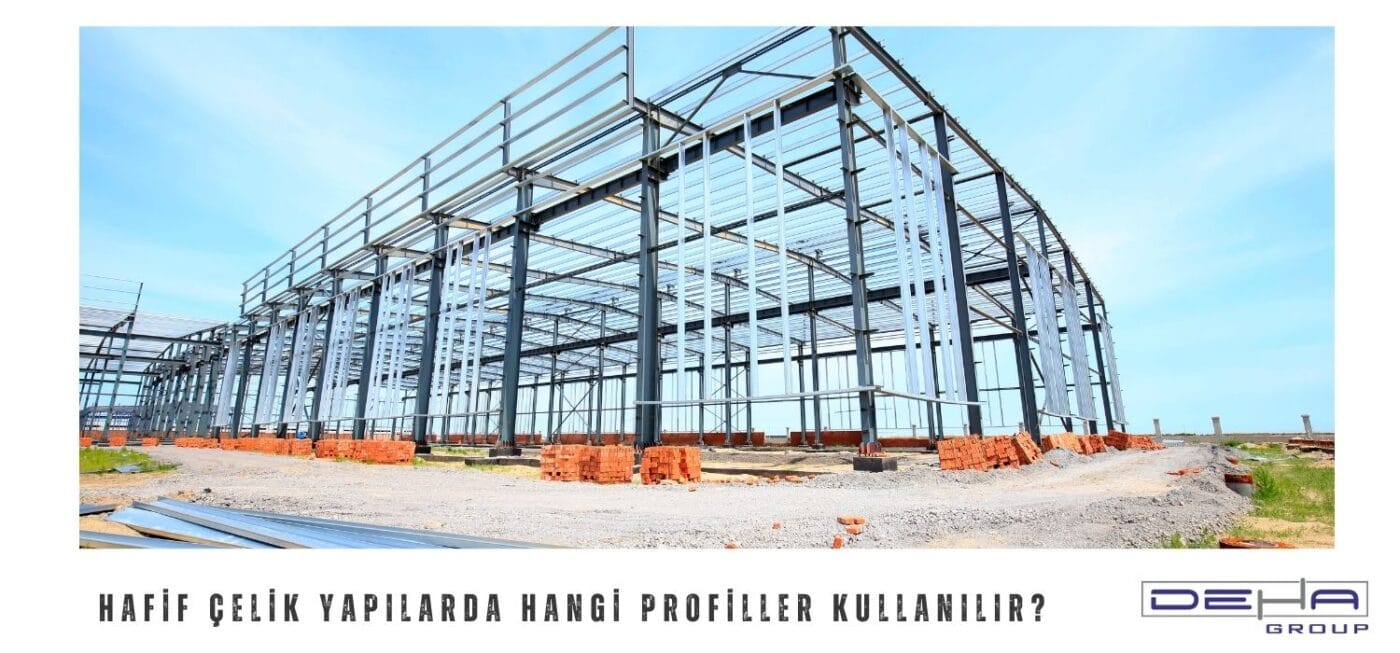
Light steel structures are generally quite durable due to the high strength of the steel profiles used. Steel is a material with high tensile strength, which enhances the load-bearing capacity of the structure and ensures longevity. The durability of light steel structures depends not only on the mechanical properties of the steel but also on the design of the structure and the quality of construction. High-quality steel profiles and suitable design allow the structure to withstand challenging conditions.
Steel profiles are usually manufactured as galvanized or coated. These coatings protect the steel from corrosion and prevent the structure from being damaged by external factors. Especially in humid or marine environments, protective coatings such as galvanizing ensure the structure's longevity. Additionally, the fire resistance of steel structures can be high, as modern steel coating techniques enhance the structure's resistance to fire.
The durability of light steel structures also depends on the design and assembly of the structure. Proper engineering calculations and quality workmanship enhance the structure's durability. Each component of the structure should be designed according to the load-bearing capacity and placed with precision during assembly. Moreover, the flexibility of light steel structures allows them to perform better against dynamic loads, such as those experienced during earthquakes.
Light steel structures are also known for their resistance to environmental factors. Steel is resistant to environmental impacts such as humidity, wind, and UV rays. The use of galvanized steel, in particular, helps protect the structure against corrosion, which ensures the structure is long-lasting. Additionally, light steel structures exhibit high durability against wind loads, making them a reliable option in high-wind areas.
The ability of light steel structures to adapt to climatic conditions is also quite high. The flexibility of steel profiles and reinforcement options allow structures to remain stable in various climatic conditions. Especially in cold climates, the good insulation properties of steel structures increase energy efficiency and provide indoor comfort.
Additionally, light steel structures are resistant to natural disasters. In earthquake-prone areas, the flexibility and sturdiness of steel structures enable them to remain stable under seismic loads. This feature enhances the safety of light steel structures and minimizes risks.
Light steel structures have the potential to be long-lasting because steel is a durable and sustainable material. One of the factors extending the lifespan of the structure is the high resilience of steel profiles and protective coatings. Galvanizing or coating processes enhance the steel's resistance to corrosion, ensuring that the structures remain stable for many years.
Regular maintenance and periodic inspections are another important factor that increases longevity. Steel structures are generally known as low-maintenance structures, but occasional inspections and maintenance keep the structure in good health. Particularly, connection points and coating areas should be carefully monitored and repaired as needed.
Finally, the recyclability of light steel structures also contributes to their long-lasting nature. Since steel is a recyclable material, it can be sustainably repurposed at the end of its useful life. This helps light steel structures provide long-term benefits as a sustainable option.
Steel construction structures are structural systems widely preferred in the modern construction sector. These structures have many advantages. Here are the main advantages of steel construction structures:
High Durability and Strength
Steel construction structures offer high durability and strength. Steel is a material with high tensile strength, which enables the structure to bear heavy loads. Steel structures are especially preferred in the construction of large spans and tall buildings because steel can effectively carry heavy loads and enhance the stability of the structure. Additionally, it is known that steel structures perform well against dynamic loads such as earthquakes and wind.
Steel can also be protected with corrosion-resistant coatings. Methods like galvanizing or coating can extend the life of steel profiles, increasing the long-term durability of structures. This is an important advantage, especially in humid or marine environments.
Fast and Economical Construction Process
Steel construction structures offer a fast and economical construction process. Steel profiles are pre-manufactured in the factory and quickly assembled on-site. This shortens the construction period and reduces labor costs. Assembly of steel structures generally requires less manpower, significantly shortening the project completion time.
Additionally, since steel structures are lightweight, transportation and assembly processes are easier. This is a significant advantage, especially in hard-to-reach areas or under restricted working conditions. The use of pre-prepared connectors during the assembly of steel profiles makes the process more efficient.
Flexibility and Design Freedom
Steel constructions offer considerable flexibility in architectural design. Steel can be produced in various shapes and sizes, allowing architects to develop creative and original designs. Large spans and wide interior spaces are possible thanks to the flexibility of steel structures. Moreover, steel structures are suitable for modular designs, making it easy to expand or reconfigure buildings.
This flexibility allows steel structures to be used in both commercial and industrial projects. Steel constructions also provide great flexibility in interior arrangements, as walls and support elements can be freely placed or altered.
Energy Efficiency and Sustainability
Steel construction structures also offer advantages in terms of energy efficiency. Steel can provide good insulation performance, enhancing interior comfort. Additionally, steel structures can be combined with various insulation and cladding options to ensure energy savings.
In terms of sustainability, steel is a recyclable material. At the end of its life cycle, steel can be recycled and reused, reducing environmental impact. The recyclability of steel structures offers an environmentally friendly construction option and enhances the sustainability of buildings.
Low Maintenance and Long Lifespan
Steel structures generally require low maintenance and can have a long lifespan. The durable coatings of steel profiles protect against corrosion and external factors, reducing the need for maintenance. Steel remains stable over many years due to its strength and durability, providing long-term cost savings.
Regular maintenance and periodic inspections of the structure help extend its lifespan. However, the overall low maintenance requirement of steel structures makes them an economical option.

 TR
TR

